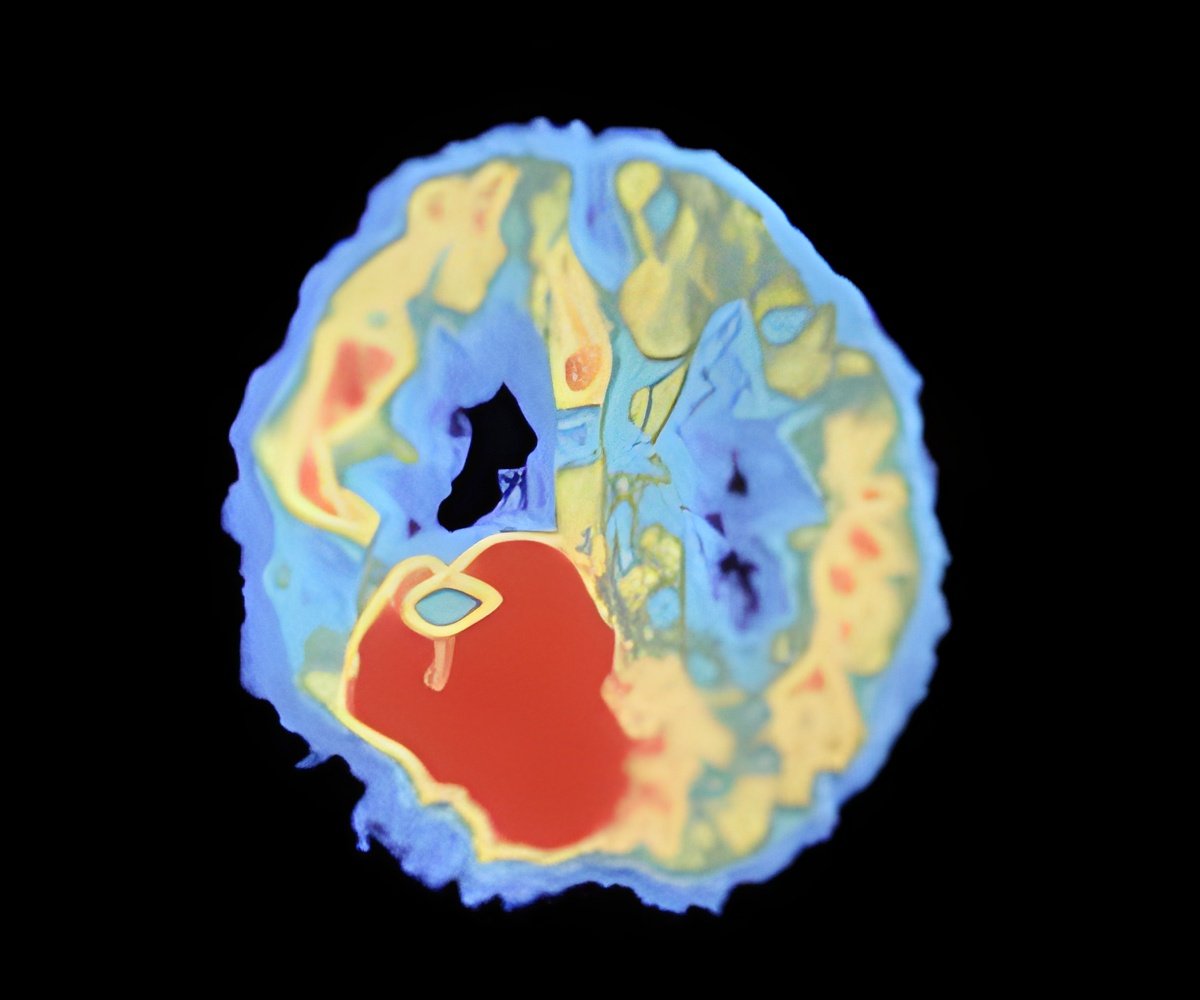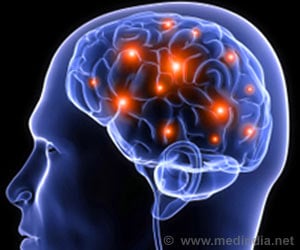
Researchers from Technische Universitat Munchen (TUM) and the Klinikum rechts der Isar hospital have analyzed the brain networks that control the use of tools or other utensils. Their chosen method of functional magnetic resonance imaging (fMRI) shows the areas of the brain that are activated when a person thinks, moves and performs actions.
One important finding was that the left hemisphere was activated when the subjects planned to use a tool, regardless of the hand they held it in. In addition, the researchers recognized a distributed network responsible for both planning and execution. When working with unfamiliar objects, these regions of the brain were less activated.
The "tool network" consists of brain regions of the parietal and frontal lobes as well as regions in the posterior temporal lobe and another area in the lateral occipital lobe.
What the researchers found, therefore, was a neural activation pattern that covered all elements of a complex action. This includes recognizing the objects as tools, understanding how they are used, and the motor action to actually use the tool.
Prof. Joachim Hermsdorfer from TUM's Chair of Human Movement Science, said that the study also allowed them to confirm that there are different streams of perception in the brain for different tasks.
Advertisement
The study is published in the Journal of Neuroscience.
Advertisement














